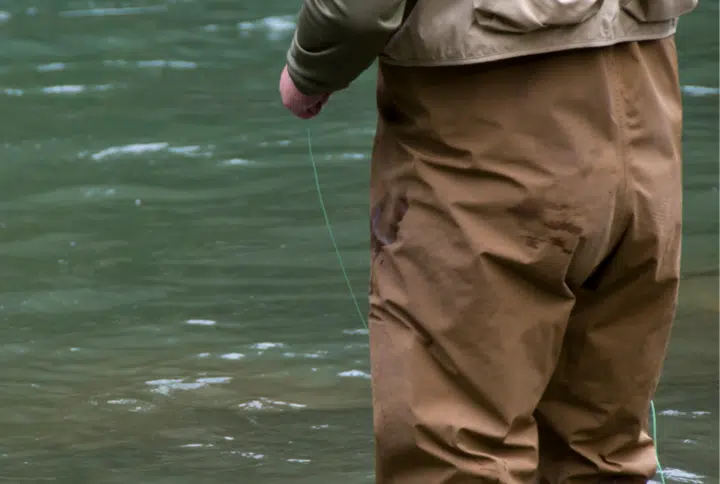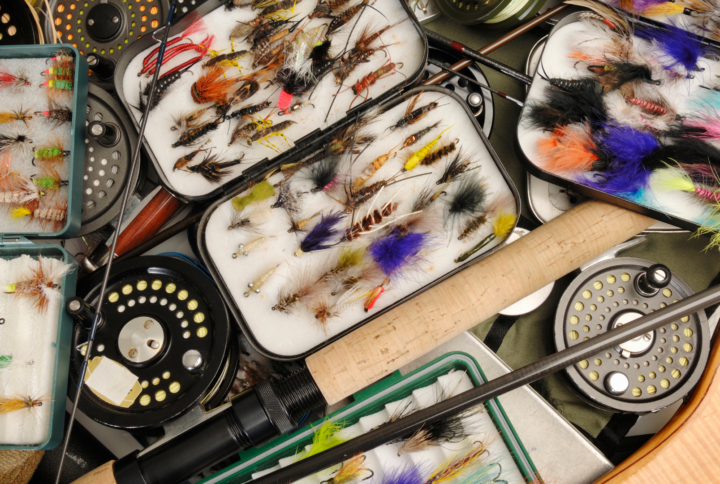Henry's Fork - Island Park - Idaho
Fly Fishing River Report & Conditions
Henry’s Fork – Island Park - Water Flow Chart
Henry’s Fork – Island Park - Weather report & radar
Henry’s Fork – Island Park - General hatch chart
| Month | Hatch | Time of Day | Recommended Fly Sizes | Popular Fly Patterns |
|---|---|---|---|---|
| January | Midge | Afternoon | 18-22 | Zebra Midge, Black Beauty |
| Winter Stoneflies | Late Afternoon | 18-22 | Black Stonefly Nymph | |
| February | Midge | Afternoon | 18-22 | Zebra Midge, Black Beauty |
| Winter Stoneflies | Late Afternoon | 16-20 | Black Stonefly Nymph | |
| March | Baetis | Morning | 14-22 | Blue Winged Olive |
| Skwala Stonefly | Afternoon | 6-14 | Stimulator, Chernobyl Ant | |
| April | Midge | Afternoon | 18-22 | Zebra Midge, Black Beauty |
| Baetis | Morning | 18-22 | Blue Winged Olive, Parachute Adams | |
| March Browns | Afternoon | 16-20 | March Brown Spider, March Brown Emerger | |
| May | Caddis | Evening | 14-18 | Elk Hair Caddis, CDC Caddis Emerger |
| March Browns | Afternoon | 14-18 | March Brown Spider, March Brown Emerger | |
| Green Drakes | Late Afternoon | 10-12 | Green Drake Parachute, Green Drake Cripple | |
| Salmonfly | All Day | 4-6 | Chubby Chernobyl, Rubberleg Stone | |
| June | Green Drakes | Late Afternoon | 10-14 | Green Drake Parachute, Green Drake Cripple |
| Pale Morning Duns | Afternoon | 16-20 | PMD Sparkle Dun, Rusty Spinner | |
| July | Pale Morning Duns | Afternoon | 16-20 | PMD Sparkle Dun, Rusty Spinner |
| Yellow Sally | Afternoon | 14-18 | Yellow Humpy, Yellow Sally Stonefly Dry | |
| Caddis | Evening | 14-18 | Elk Hair Caddis, CDC Caddis Emerger | |
| August | Pale Morning Duns | Morning | 16-20 | PMD Sparkle Dun, Rusty Spinner |
| Tricos | Morning | 20-24 | Trico Spinner, Trico Parachute | |
| Caddis | Evening | 14-18 | Elk Hair Caddis, CDC Caddis Emerger | |
| September | Pale Morning Duns | Morning | 16-20 | PMD Sparkle Dun, Rusty Spinner |
| Tricos | Morning | 20-24 | Trico Spinner, Trico Parachute | |
| Blue Winged Olives | Afternoon | 18-22 | Blue Winged Olive, Parachute Adams | |
| October | Blue Winged Olives | Afternoon | 18-22 | Blue Winged Olive, Parachute Adams |
| Midges | Afternoon | 18-22 | Zebra Midge, Black Beauty | |
| November | Blue Winged Olives | Afternoon | 20-24 | Blue Winged Olive, Parachute Adams |
| Midges | Afternoon | 18-22 | Zebra Midge, Black Beauty | |
| December | Midge | Afternoon | 18-22 | Zebra Midge, Black Beauty |
| Winter Stoneflies | Late Afternoon | 16-20 | Black Stonefly Nymph |
Henry’s Fork – Island Park Access Points
Known for its abundant trout, the Henry’s Fork – Island Park has several top-rated fly-fishing points you shouldn’t miss:
- Riverside Campground: The campground provides easy-to-reach fishing points and calm waters.
- Harriman State Park: Noted for its large ranch resident trout, the park offers several river accesses, a favorite among fly fishers.
- Box Canyon: This deep canyon stretch houses a large population of rainbow trout. Boating access is available.
If you’re open for an adventure, you can explore other access points:
- Wood Road #16 Bridge: This is a famous wading section with a higher degree of difficulty, but promises the chance of catching larger fish.
- Last Chance: This section of the river is a challenging wade fishing area with rewarding opportunities, including a variety of hatches to entice trout.
Henry’s Fork – Island Park Fishing Spots
Fly fishing enthusiasts in Henry’s Fork – Island Park can revel in numerous prime fishing spots. This area is known for its exceptional fishing amid breathtaking sceneries in Idaho’s Rocky Mountains region.
Best Fly Fishing Spots:
- Box Canyon: This is a top spot famous for offering excellent rainbow trout fishing in its fast-moving waters. It provides a fun and challenging experience to anglers.
- Railroad Ranch: Situated between Big Springs and Riverside Campground, its slow-moving waters are rich in brown and rainbow trout.
- Island Park Reservoir: It offers prolific fly fishing, even during winter. Apart from trout, you may have the chance to catch kokanee salmon.
- Buffalo River: Feeding into the Henry’s Fork, it is ideal for fly fishing for brook and cutthroat trout.
Each spot offering its own unique fly fishing experience, variety, and rewards.
Henry’s Fork – Island Park Local Fish Species
- Brown Trout: Known for their aggressive fighting nature and exquisite beauty, the brown trout is a prized catch for fly fishermen in Henry’s Fork.
- Rainbow Trout: With their vibrant colorings and high leap, the rainbow trout is a favorite amongst fly fishermen.
- Mountain Whitefish: Although not as colorful as trout, the mountain whitefish is a common catch in the Henry’s Fork.
- Cutthroat Trout: Idaho’s designated state fish, the Cutthroat Trout, can also be found in Henry’s Fork, especially in the waters around Island Park.
- Brook Trout: These smaller fish provide an enjoyable challenge to fly fishermen due to their elusive nature.
- Bull Trout: While less common in Henry’s Fork, the Bull Trout can still be seen in certain parts of the river, and catching one is considered a rare achievement.
- Pacific Salmon: Fly fishermen targeting these fish can have good success during their migratory runs.
- Sockeye Salmon: Known for their endurance and fight, sockeye salmon provide a unique adventure for fly fishermen.
About the Henry’s Fork – Island Park
The Henry’s Fork is one of Idaho’s most stunning natural locations. Notably celebrated for its Island Park, this section of the Snake River has a rich history that adds to its charm.
The area was initially adopted as a summer grazing area by pioneers, who named it Henry’s Lake after Andrew Henry, a fur trapper. However, it was the introduction of the railroad in the late 19th century which solidified Island Park’s significance.
Then, due to a loophole in the law stipulating that no townsite could be larger than a square mile, Island Park took its iconic elongated shape by stretching some 33 miles long but less than a mile wide.
In modern times, Henry’s Fork – Island Park has become a beloved destination for fishing, camping, and more, with its
- rich wildlife,
- lush vegetation,
- and stunning waterways.
Community Contributions
Be part of the fishing community!
No updates submitted for this river.



